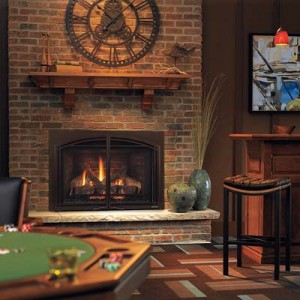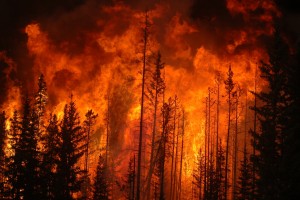In 20 years, the American home has evolved quite a bit – it now has more bedrooms and bathrooms, fewer fireplaces, greater outdoor features and it’s a lot more expensive. The average sales price in 1994 was $154,500 compared to the $345,800 average sales price in 2014. A lot has changed in two decades.
SelfStorage.com provided a look at the evolution of newly constructed homes.
More Space. In 2004, 28% of new homes ranged from 1,800 to 2,399 finished square feet. In 2014, 26% of homes fell into that range.
 Fewer Fireplaces. In 1994, 59% of new homes had at least one fireplace, in 2014, 49% had no fireplace.
Fewer Fireplaces. In 1994, 59% of new homes had at least one fireplace, in 2014, 49% had no fireplace.
More Bedrooms. In 1994, 58% of new homes had three bedrooms. In 2014, 46% had four or more bedrooms.
More Baths. In 1994, 40% of new homes had two bathrooms. In 2014, 36% had three or more bathrooms.
More Outdoor Features. In 2010, 24% of new homes had a porch or patio. Just four years later 28% had a porch or patio.
More Air Conditioning. In 1994, 79% of new homes had air conditioning. In 2014, that percentage stood at 91%.
